Review: Four Seasons Chiang Mai
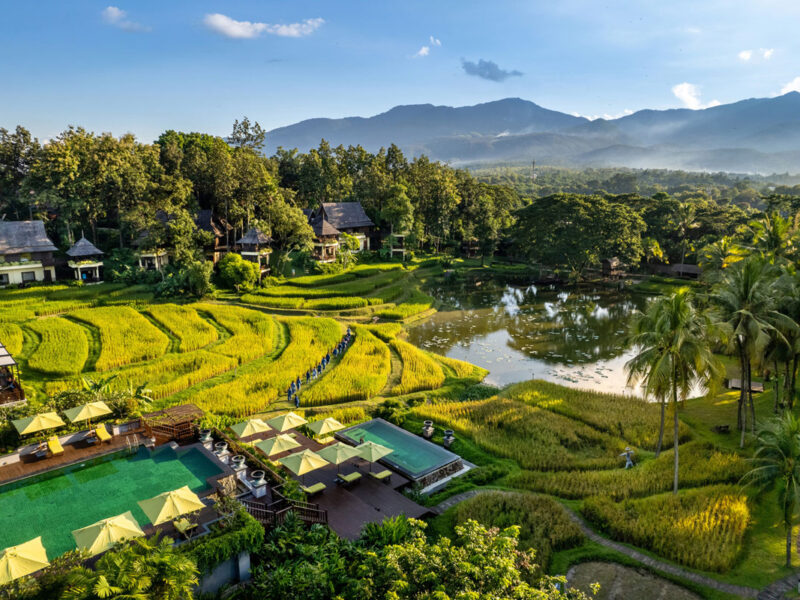

We check out Four Seasons Chiang Mai. (Image: Four Seasons)
Head to Northern Thailand, where the Four Seasons has redefined itself on a working organic rice farm where guests bathe water buffalo, plant rice and eat exceptionally well.
The dense rolling hills of the Mae Rim Valley provide Four Seasons Resort Chiang Mai with a dramatic backdrop. The property opened in 1995 and was reflagged for the luxury brand in 2003. Yet, despite its obvious age, I get the impression that accommodation this well-planned and immersive cannot age.
Dated some parts may look, leaning into its natural splendour has worked brilliantly for the long-standing brand, which has enjoyed a resurgence in popularity thanks to speculation that the third season of the HBO series The White Lotus will be filmed there.
The concept has a lot to do with this property’s success, sketching luxury into the uncommon category of agricultural tourism where guests can both relax and get their hands dirty on a working organic farm.
First impressions
First impressions are important for any hotel. I love a good sky lobby, for example. The one at the InterContinental in Downtown Los Angeles has its reception on the 70th floor so you’re checking in almost eye-level with helicopters; I still talk about it years after I first stayed.
Yet, there’s nothing urban life could offer that’d compete with walking into the open-air reception pavilion of Four Seasons Resort Chiang Mai.
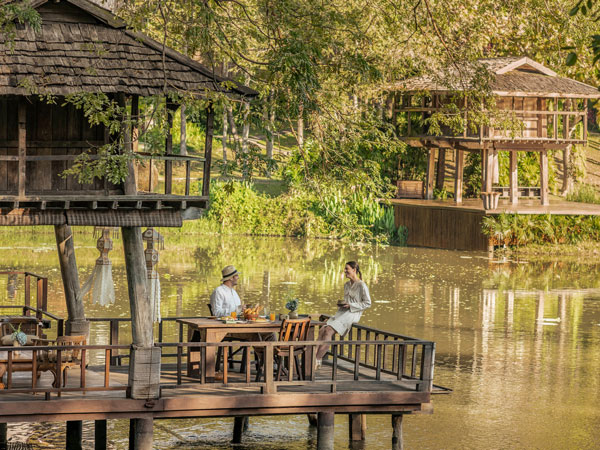
Four Seasons Chiang Mai lets you escape urban life. (Image: Four Seasons)
I usually rush through check-in because I’m too excited to see the room. Here, I take my time, admiring the spectacular view of the sense Doi Suthep Mountain range set against vivid greenery and teak pavilions. The colours are so strong and sharp that I feel like I’m living inside a postcard. I scan the rice paddies below and spot two water buffalo – one brown and one, oddly enough, piglet pink – tending to the fields.
This property couldn’t be recreated in many other places around the world. Yet, that kind of one-of-one luxury can’t rely on location alone.
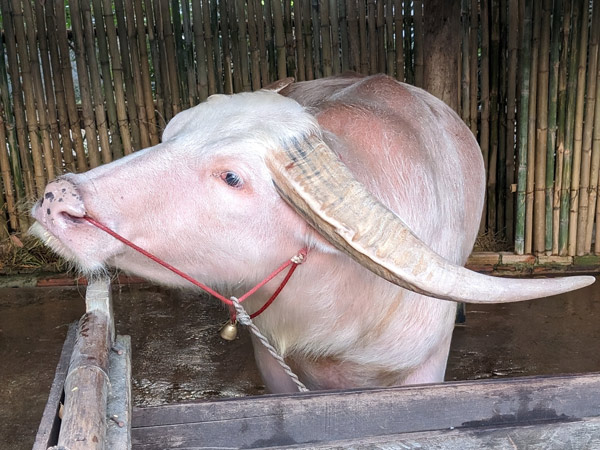
Hang out with a pink water buffalo. (Image: Chris Singh)
The room
Four Seasons Chiang Mai is popular with bigger groups and special occasions (like weddings). There are 64 pavilions clustered around the central pond and rice paddies, but the bigger buildings scattered around the 13-hectare property host 22 private residences and 12 (very private) pool villas. If you want seclusion, you’ll find it. Conversely, if you want to feel a connection to the land and the exceedingly helpful staff, that’s just as easy.
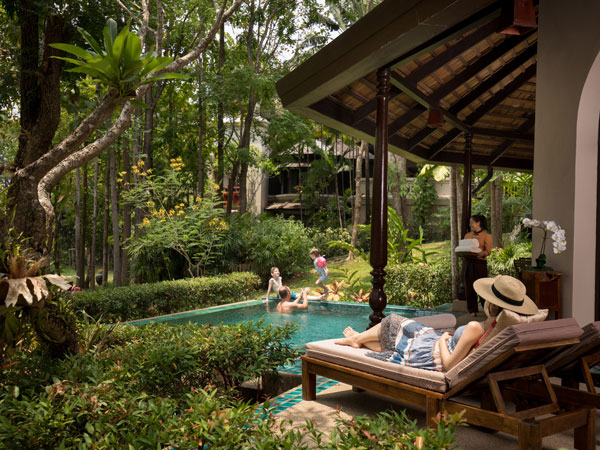
Stay in a pool villa. (Image: Four Seasons)
Much like the rest of the resort, the accommodation is designed in the Lanna style characteristic of old-world Thai architecture. My Upper Rice Terrace Pavilion is 70 square metres of incredibly distinctive localised luxury.
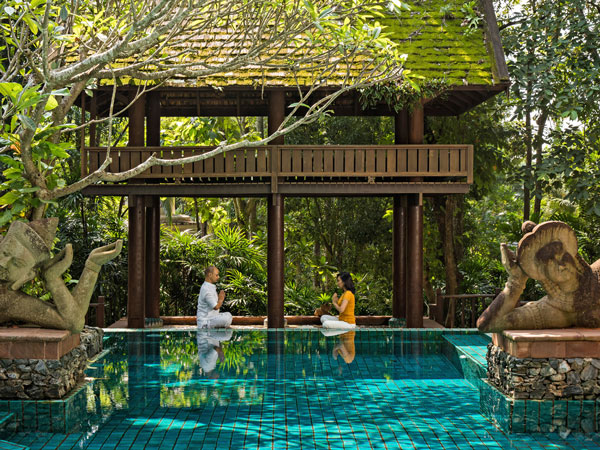
Find your zen in this luxe oasis. (Image: Four Seasons)
Inside is an abundance of teak and gilded motifs – typical of traditional Thai design. Fine silk has been used extensively for a premium look. I can immediately tell the room hasn’t been updated in quite some time. But dated as it may be, it’s also polished with a timeless look. The bathroom, however, could use a refurbishment.
Pavilions are stacked on top of each other, and the upper rooms are more desirable because each pavilion comes with an outdoor bridge leading to your very own sala. That is, an open-air pavilion and private lounge with a swing chair looking over the rice paddies.
The upper ones naturally offer better views; on one side, I could admire the rice paddies which look lush and beautiful in the sunset, especially when a small infinity pool peers over them. Turning my head to the left would give me a glimpse of the four water buffalo in their stables.
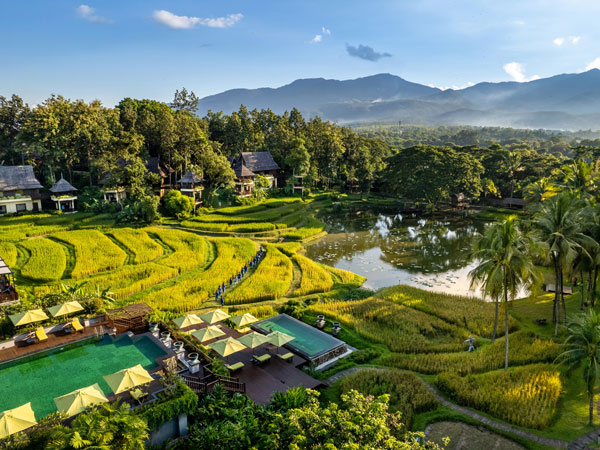
Be surrounded by lush green rice paddies. (Image: Four Seasons)
There aren’t many luxury resorts where you can plant rice, shape pottery and bathe water buffalo all on the same day. Guests rotate through these activities, and watching them hard at work while relaxing in your private sala is a great way to understand just how much thought Four Seasons has put into this immersive pastoral-luxe experience.

Be surrounded by vibrant rice paddies. (Image: Chris Singh)
Food and drink
Just shortly after I arrive at the resort, I make my way to the more traditional of the resort’s three restaurants, Khao.
The space benefits from the ornate whimsy of Thai design and full-size windows looking out to the rice paddies and the mountains in the distance. It reminds me of some of the more high-end restaurants I’ve been to in Bangkok, although the food and drink are dedicated to Northern Thai.
Regionality is always such a big thing in Thailand, so I’m not surprised when I finish a bowl of creamy, caramelised khao soi and excitedly tell the chef that it’s the best I’ve ever had. And khao soi is pretty much all I eat whenever I’m in Thailand.
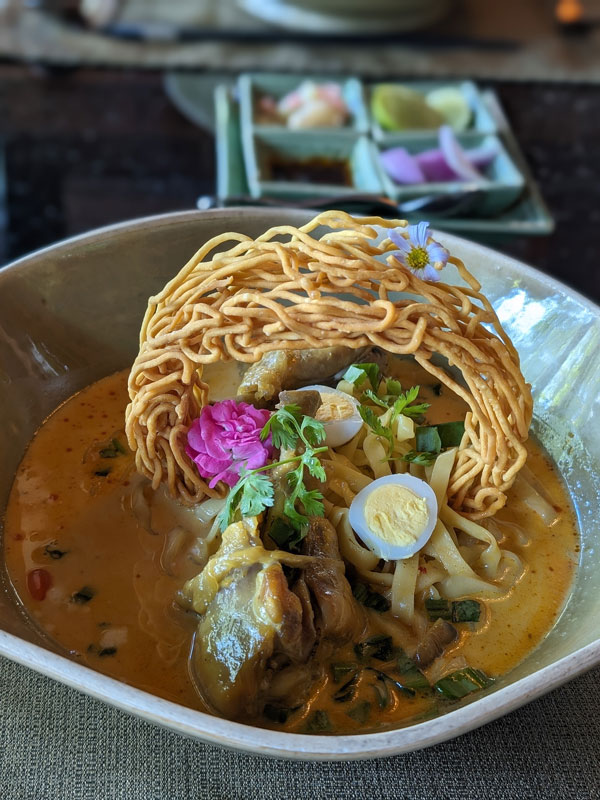
The khao soi is a must-try. (Image: Chris Singh)
The food at North, the resort’s more worldly open-air terrace restaurant, is more than just serviceable but the standard Western options have me craving a visit to Khao again. I’m more impressed by the Bill Bensley design which connects North to the pool area and a nice spread of lounges.
A third restaurant, Rim Tai Kitchen, is the most interesting. Again, the famous Bill Bensley took the reigns for this space with an abundance of teak and several distinctive cooking stations. This is where guests can take a comprehensive Northern Thai cooking class across multiple courses. I’m told aside from bathing water buffalo, it’s the most popular add-on activity at Four Seasons Chiang Mai.
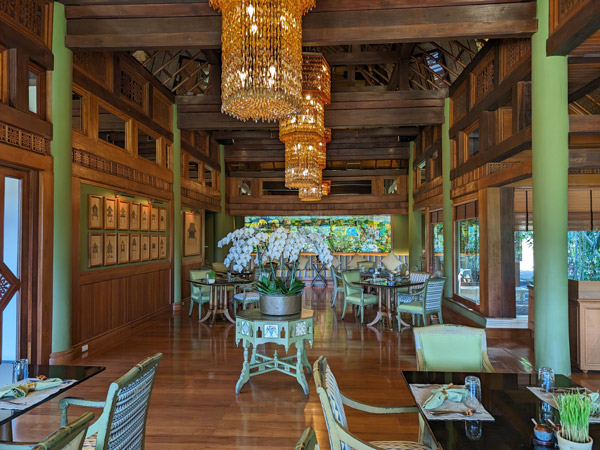
The resort has three restaurants to dine at. (Image: Chris Singh)
Amenities and facilities
Aside from a small library and an indoor gym offering Muay Thai lessons to guests, almost every facility across Four Seasons Chiang Mai is designed to pull in the natural landscape. This is most true of the massive Wara Cheewa Spa which has seven treatment rooms set in a massive temple-esque building covered with mythical serpents.
The outdoor treatment rooms are probably more ideal during the day but my visit is at 9pm. Once the sun goes down, the land loses all of its visual appeal. Guests should look into the comprehensive wellness packages which include yoga and guided meditation.
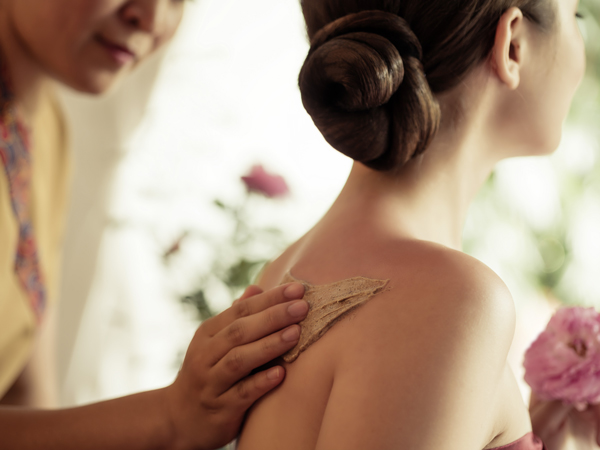
Pamper yourself at the spa. (Image: Four Seasons)
A spa is a given. And while it is an exceptional spa, the resort’s most interesting offering is the Chaan Baan. This is where most of the activities are offered, designed like a Thai farmer’s quarters (there’s even a traditional kiln) with staff teaching guests the art of pottery and tie-dying. This is also where you’ll find the buffalo stables so you’ll often find guests waiting to hose these majestic beasts down.
Behind the reception is also a hidden collection of shops selling fine Thai silk and other goods, although anyone who has blown their budget on the accommodation might want to go into town for the epic night markets instead.
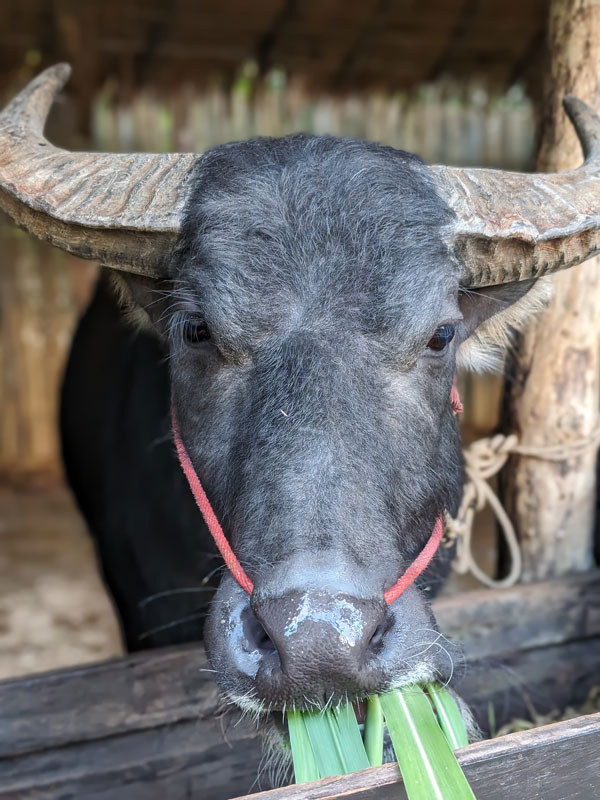
See water buffalo up close. (Image: Chris Singh)
Getting there
Four Seasons Resort Chiang Mai is buried in the heart of the Mae Rim Valley so feels secluded and appropriately regional. Yet it’s only a 30-minute drive out of the city. This also means it’s very close to Chiang Mai International Airport so convenience is without question.
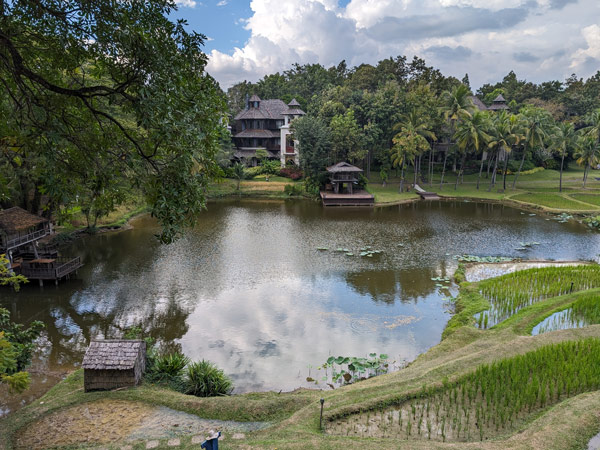
Four Seasons Resort Chiang Mai has a secluded feel. (Image: Chris Singh)
The verdict
The resort could have easily gotten by on its spectacular concept and setting, but the small details like exceptional food, service and getting guests involved in the work (should they want to) help make Four Seasons Resort Chiang Mai what it is. Having that agricultural element is a different type of wellness, offering more of a connection to the location that goes beyond massages and design stories. Plus, you get to pet a bright pink buffalo.
Location: 9/10
Its Mae Rim Valley location makes Four Seasons Resort Chiang Mai an unforgettable scene.
Style/character: 9/10
Renowned architect Bill Bensley is prolific for the Lanna style of architecture; here he gently works it into the natural setting without overwhelming the region’s beauty.
Service: 8/10
Helpful, attentive and gentle. Great service is expected in Thailand and Four Seasons has assembled a team of seasoned professionals.
Food and drink: 9/10
Some of the best Northern Thai food I’ve ever tasted as well as a fun cooking class means Four Seasons Chiang Mai is as delicious as it is beautiful.
Value for money: 8/10
A night at the resort will set you back around $939 per night. Many of the resort’s activities are add-ons and it will be impossible to resist temptation so do factor that into the cost.
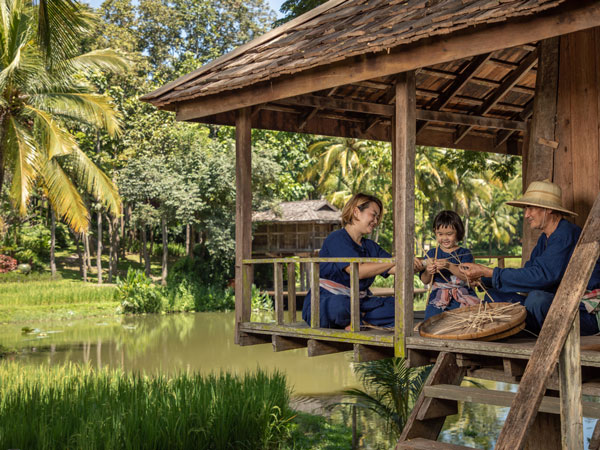
Try your hand at crafting at Four Seasons Resort Chiang Mai. (Image: Four Seasons)
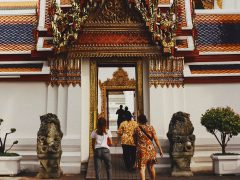
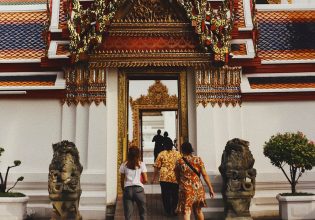
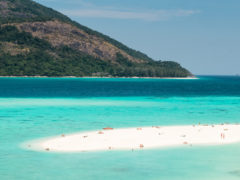
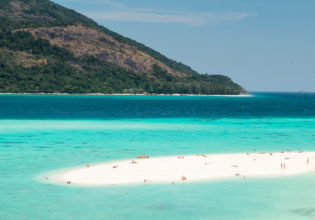
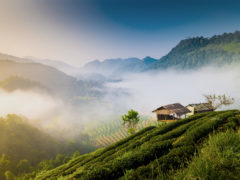
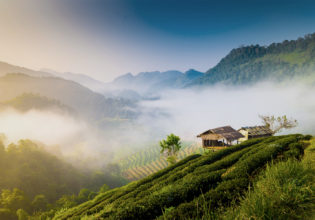
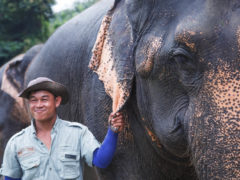
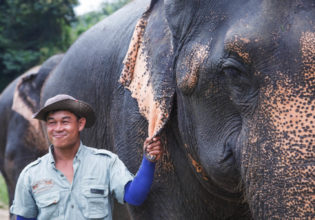

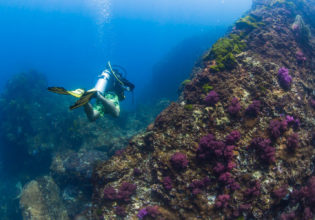
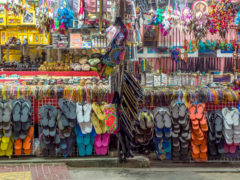


LEAVE YOUR COMMENT